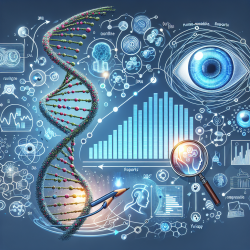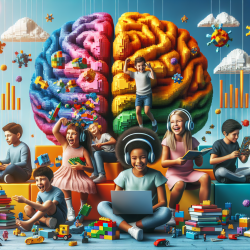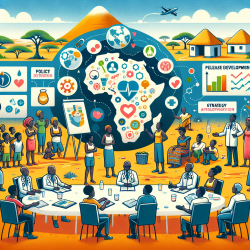Transforming Complex Data into Clear Insights: How SBML2LaTEX Enhances Understanding
In the realm of systems biology, data is often stored in complex, machine-readable formats like the Systems Biology Markup Language (SBML). While this format is excellent for storage and computational analysis, it presents a significant challenge for practitioners who need to interpret and communicate these data effectively. The research article "SBML2LaTEX: Conversion of SBML files into human-readable reports" offers a solution by introducing a tool that translates SBML files into more accessible formats.
Understanding SBML2LaTEX
SBML2LaTEX is a Java-based tool designed to convert SBML files into LaTEX, DVI, and PDF formats, making them more human-readable. This conversion is crucial because, while SBML is a standard for storing models of biochemical systems, its XML-based format can be cumbersome for human readers. The tool simplifies the task of understanding and communicating complex models by presenting data in clearly arranged tables, reaction equations, and plain text.
Benefits for Practitioners
For practitioners, particularly those involved in online therapy services like TinyEYE, the ability to interpret complex data accurately is essential. SBML2LaTEX provides several advantages:
- Improved Error Detection: By presenting all components of a model in a human-readable format, practitioners can more easily detect errors and inconsistencies.
- Enhanced Communication: The tool's ability to generate reports in various formats facilitates better communication of complex models to non-specialists.
- Customization Options: Users can customize reports to include or exclude specific annotations, select desired file formats, and adjust layout settings, making the tool versatile for different needs.
Encouraging Further Research
While SBML2LaTEX is a powerful tool, it also opens the door for further research and development. Practitioners are encouraged to explore the tool's capabilities and consider how similar technologies could be applied in their fields. The integration of such tools into databases like SABIO-RK and the BioModels Database highlights the potential for widespread application and innovation.
Conclusion
SBML2LaTEX represents a significant advancement in making complex biochemical data more accessible and understandable. By transforming machine-readable data into human-readable reports, it supports practitioners in improving their skills and achieving better outcomes. For those interested in delving deeper into the technical aspects and potential applications of this tool, the original research paper provides a comprehensive overview.
To read the original research paper, please follow this link: SBML2LaTEX: Conversion of SBML files into human-readable reports.










